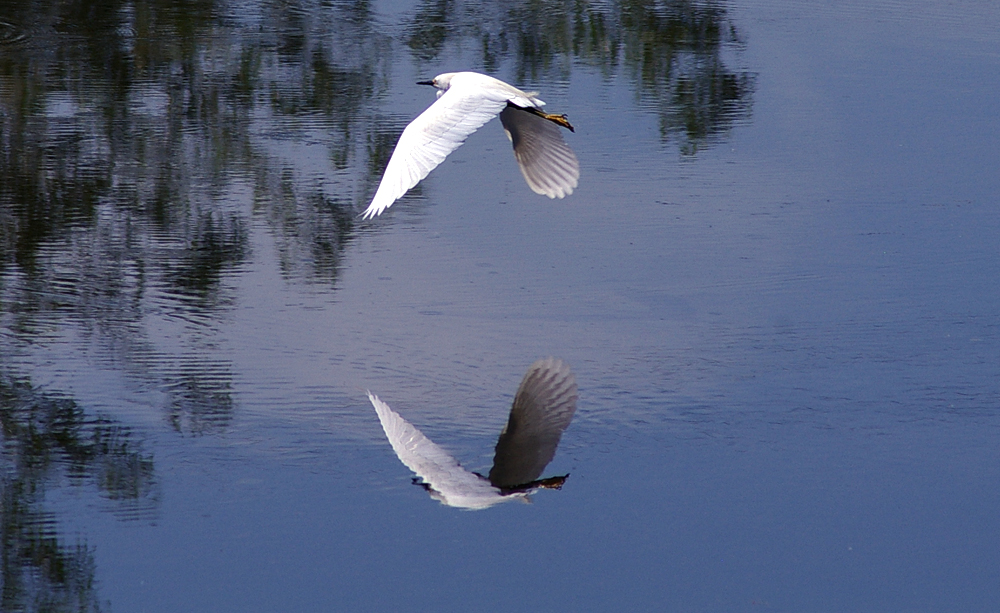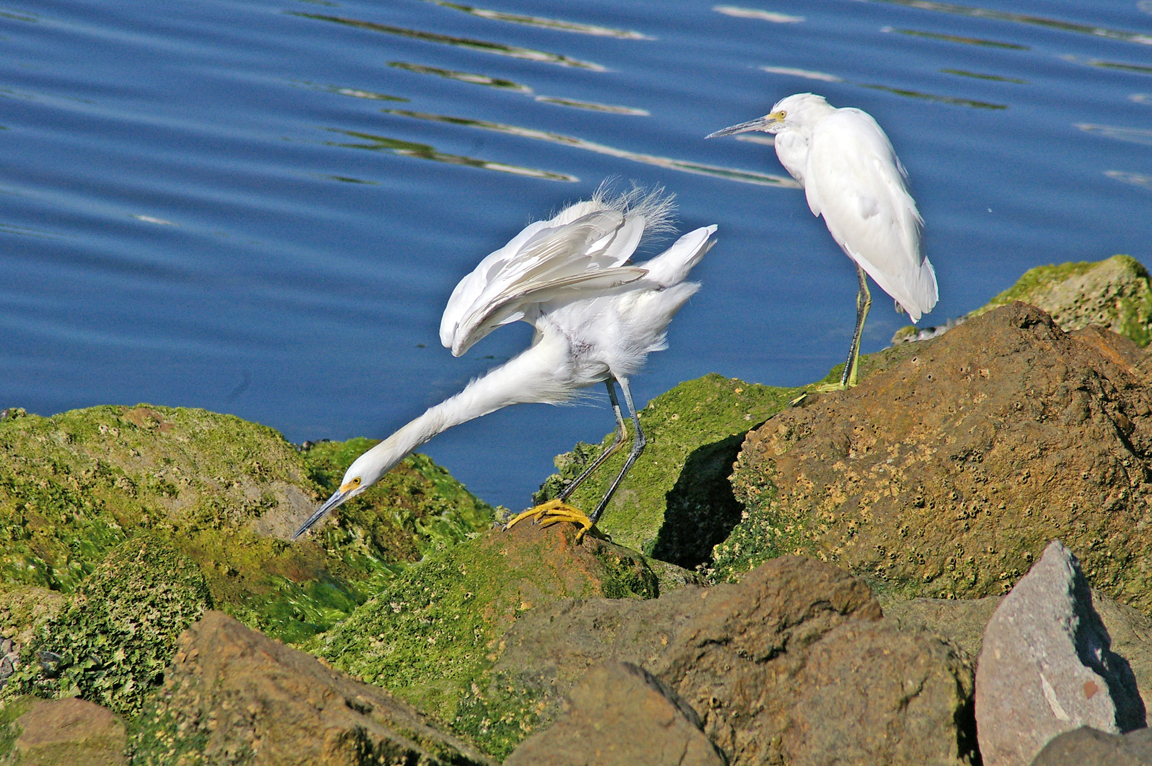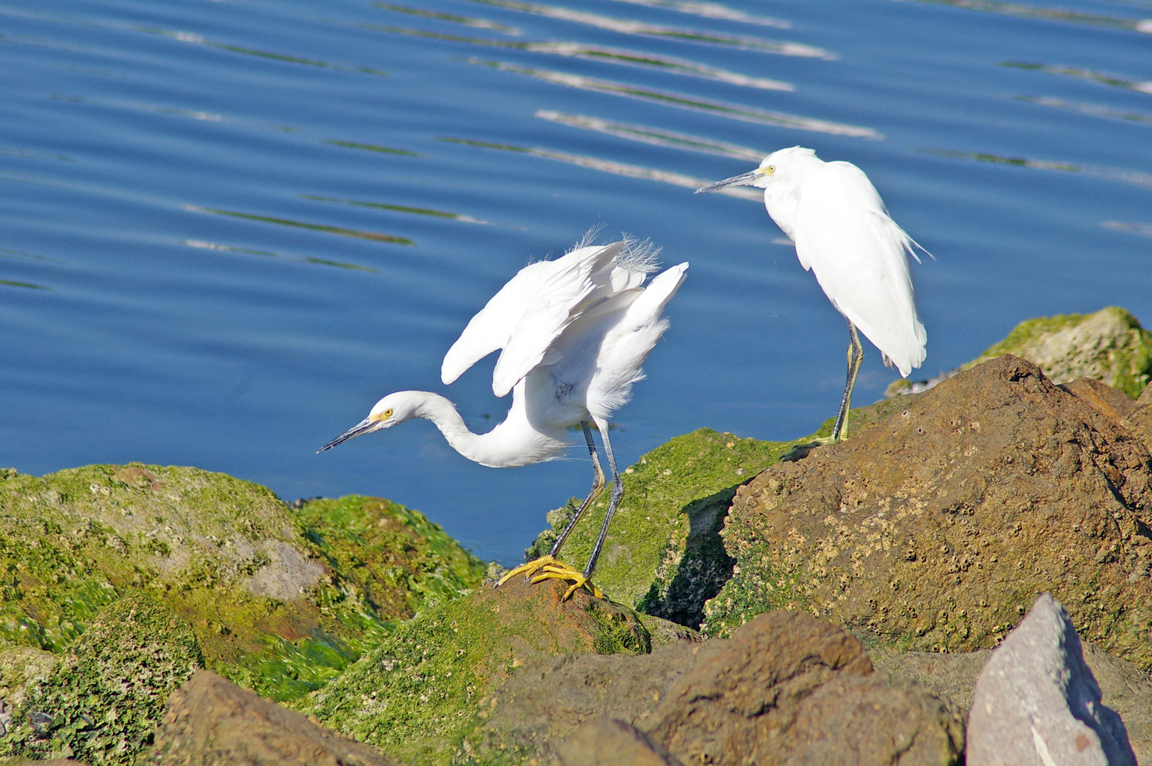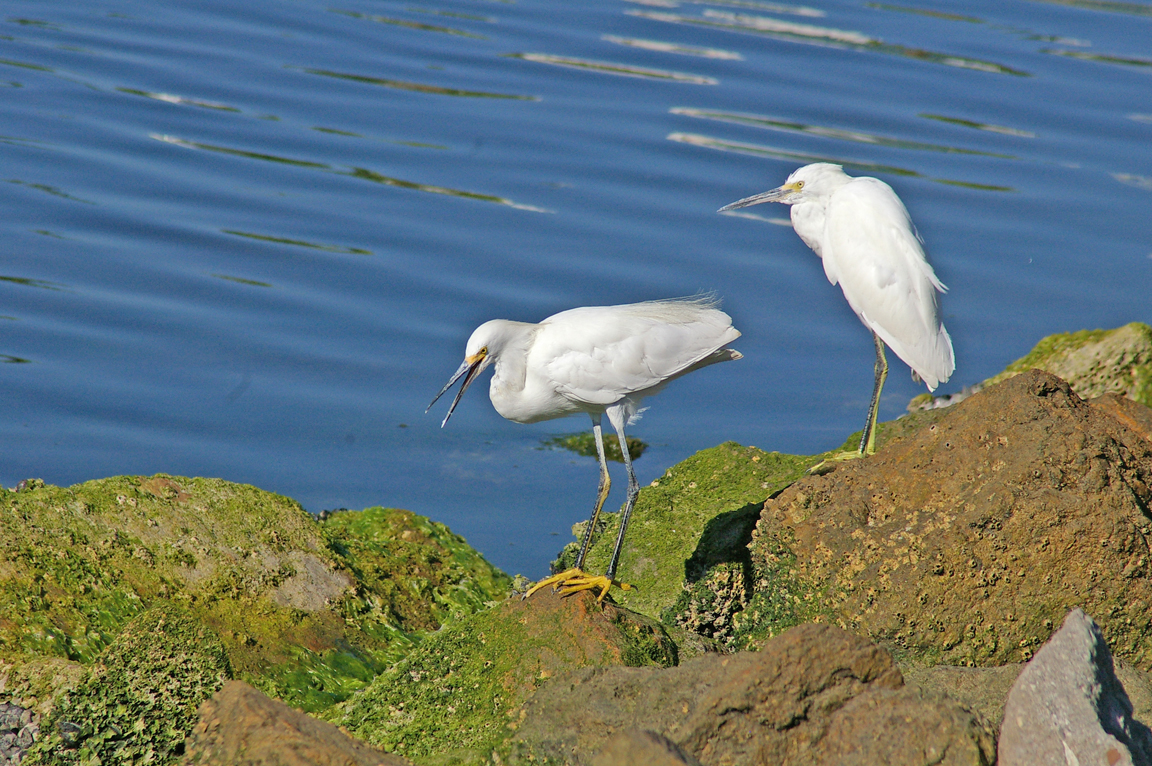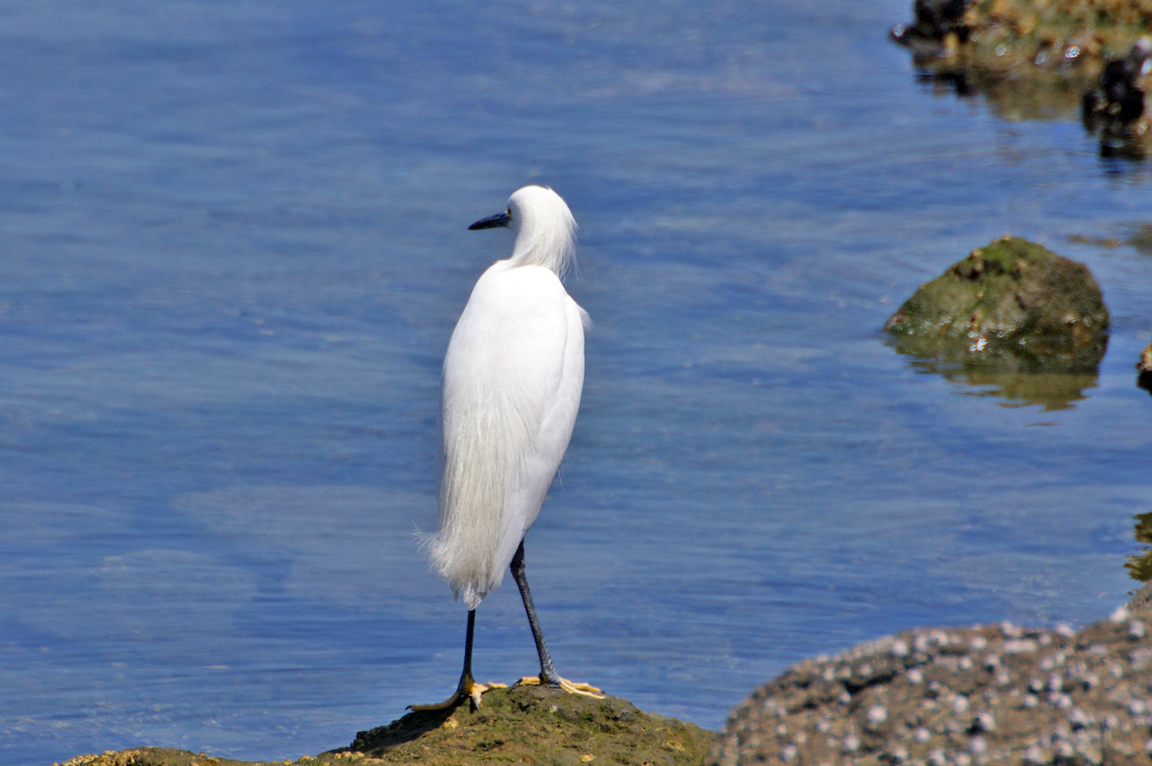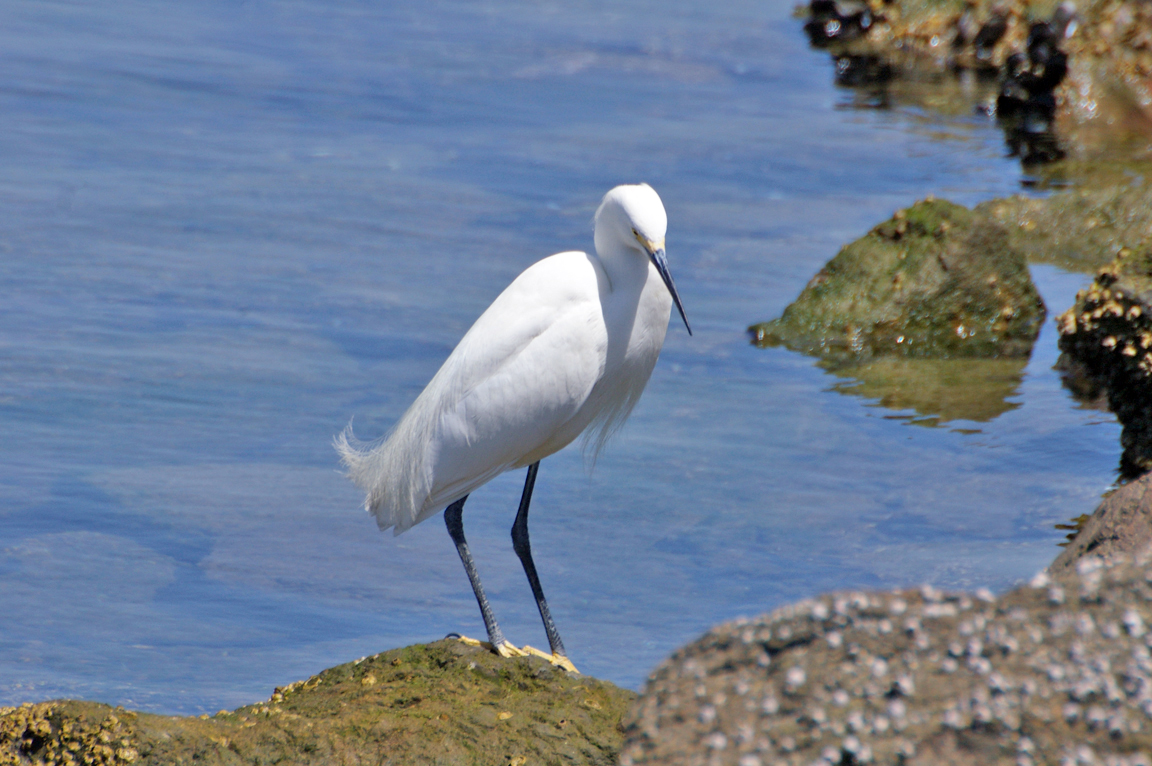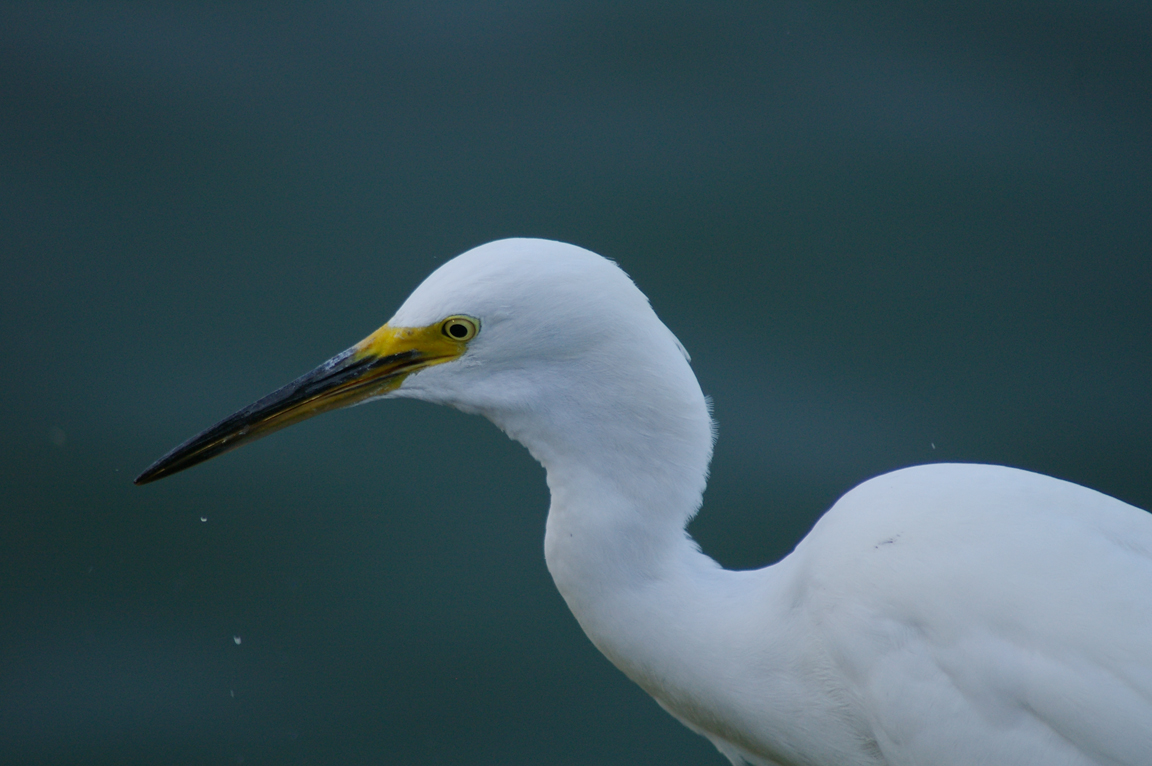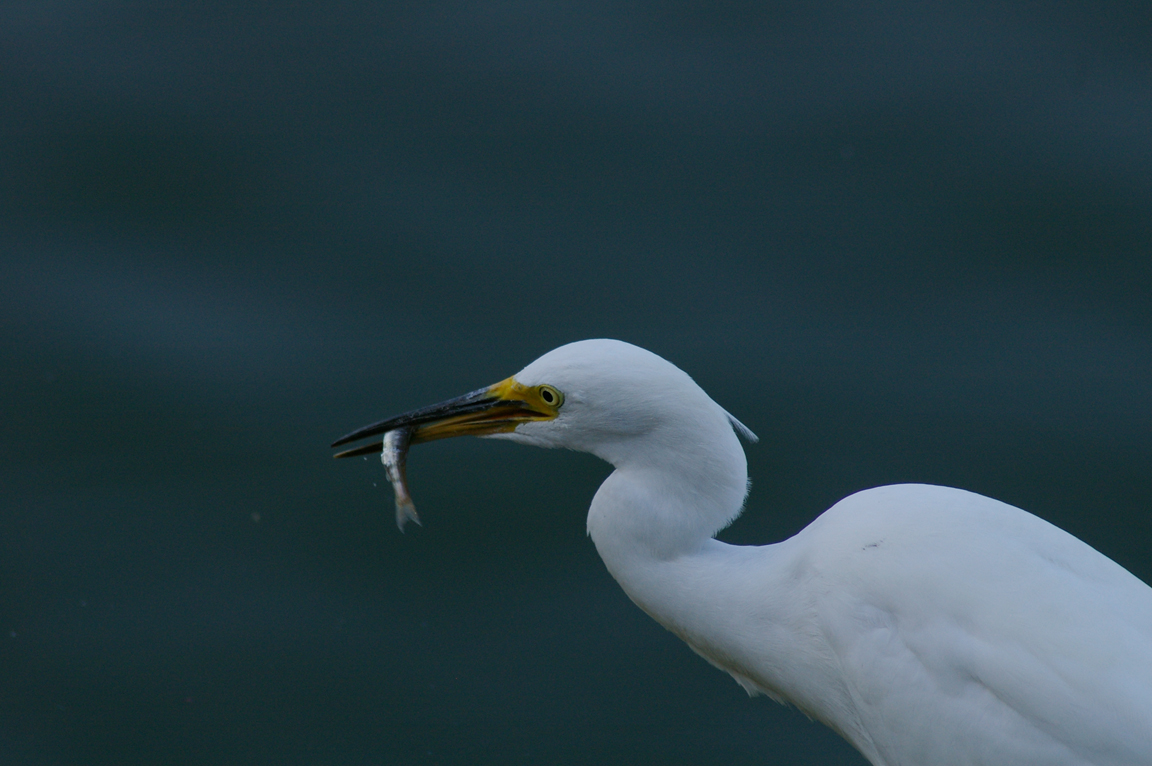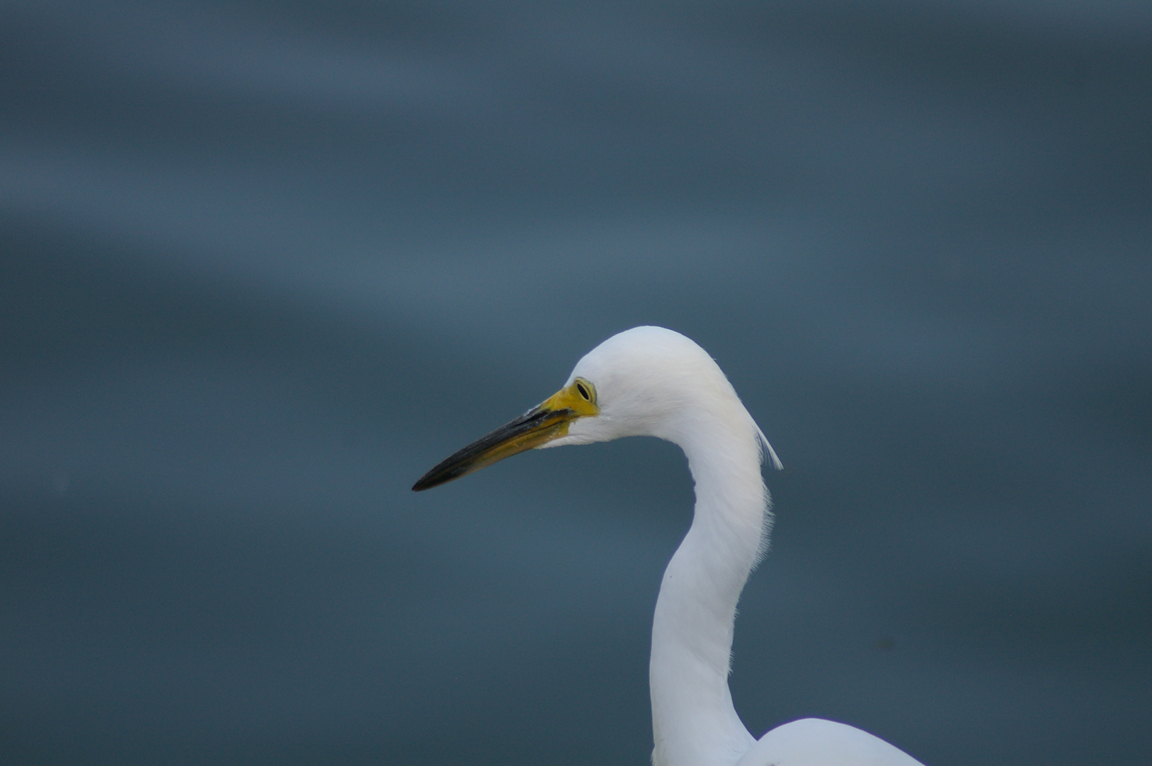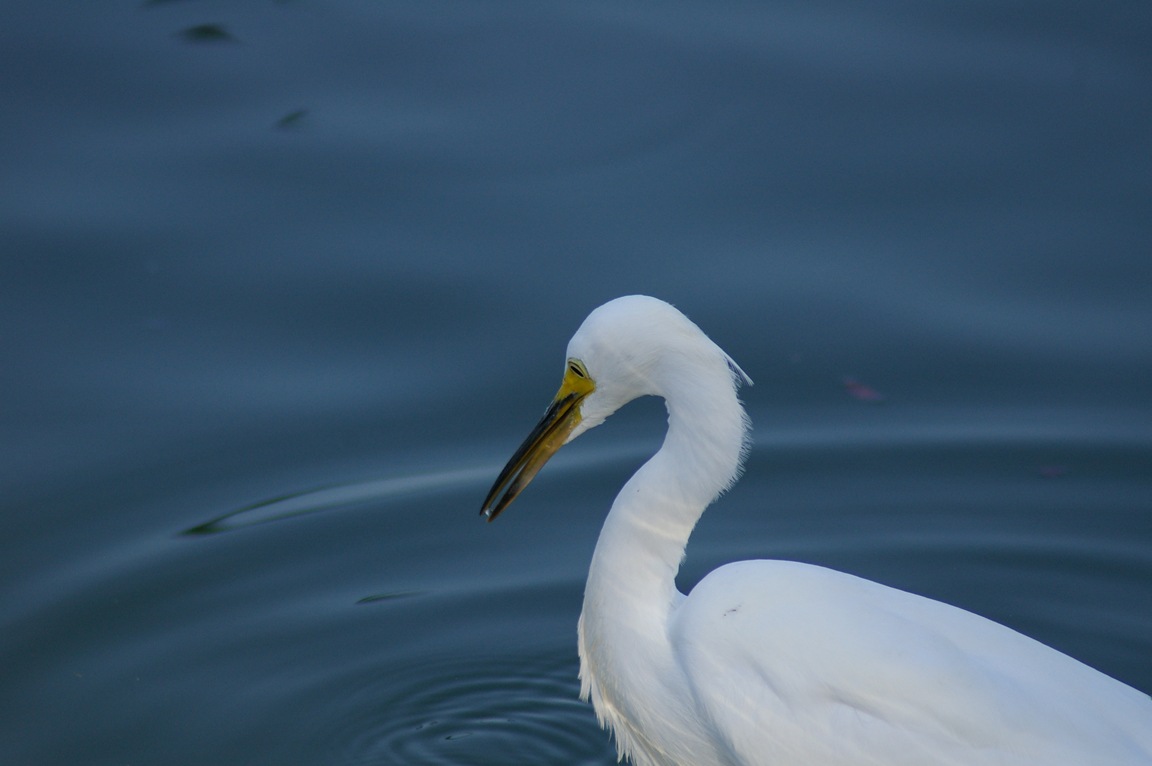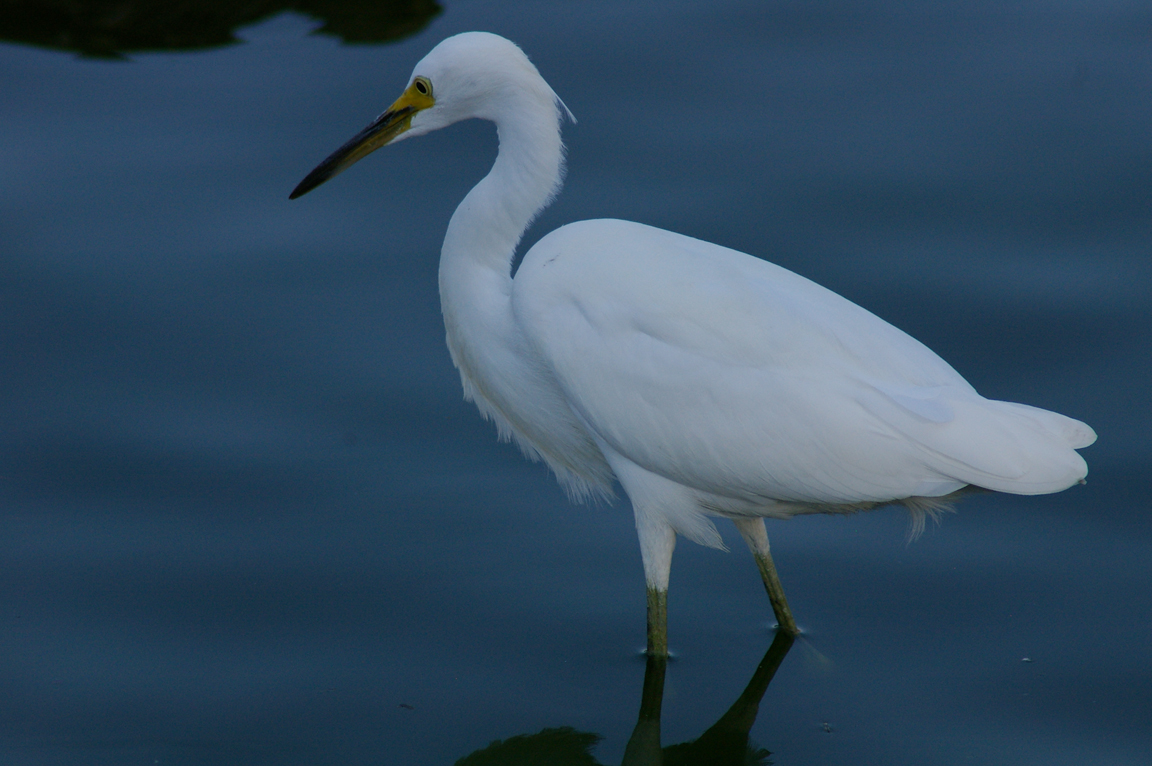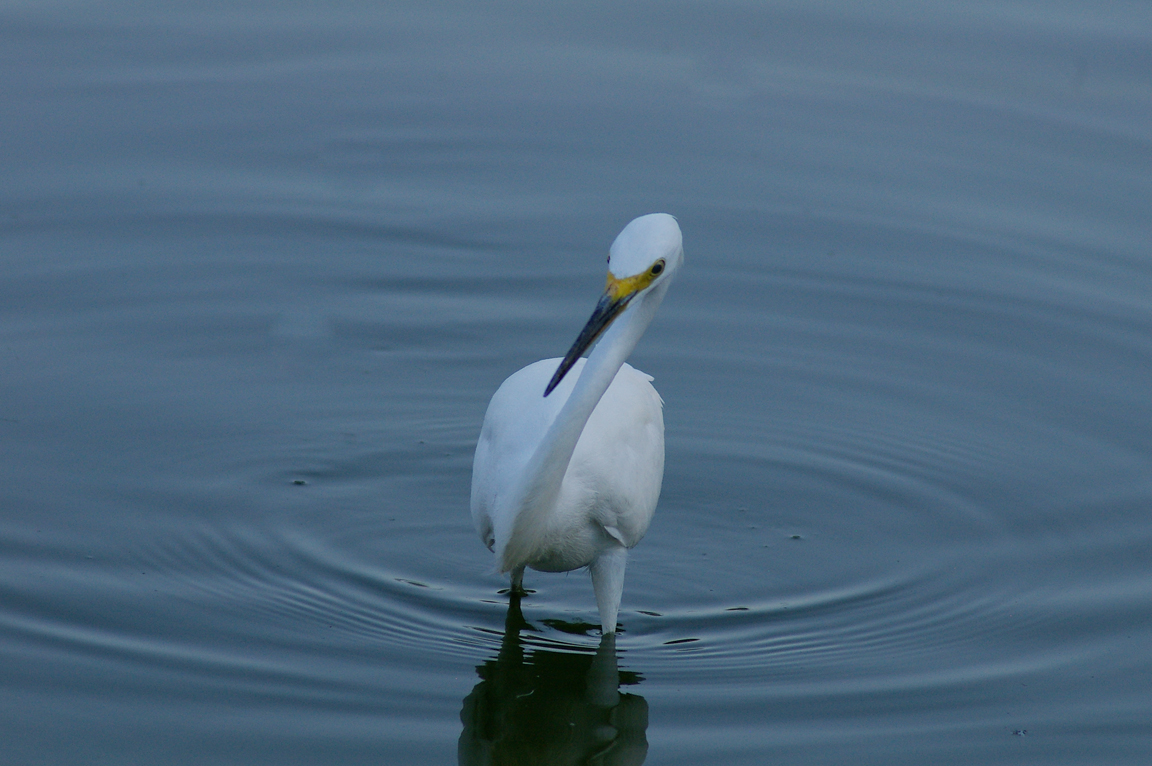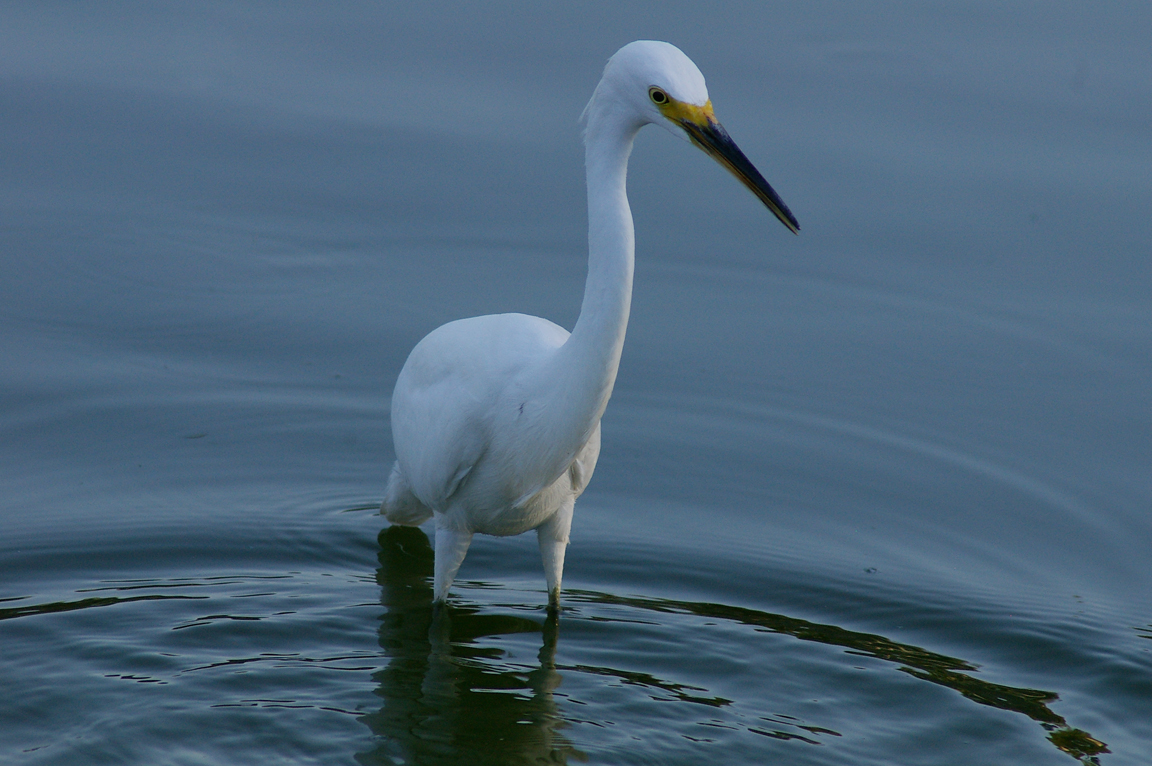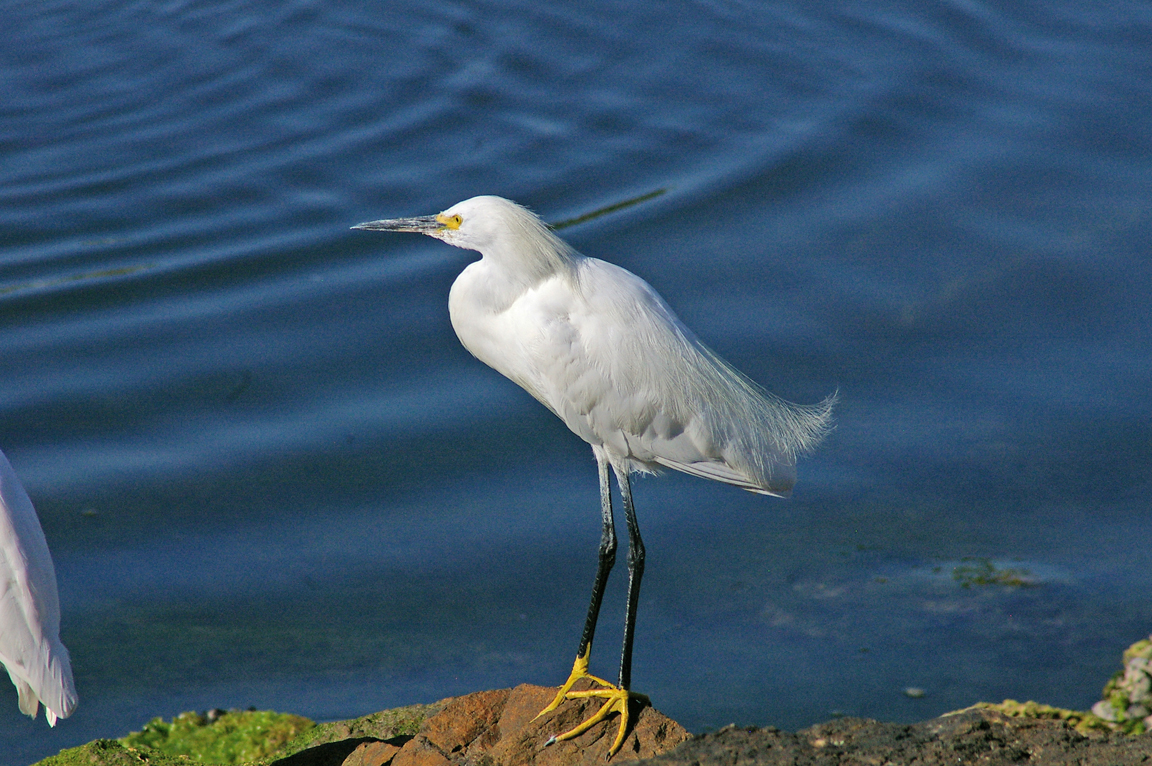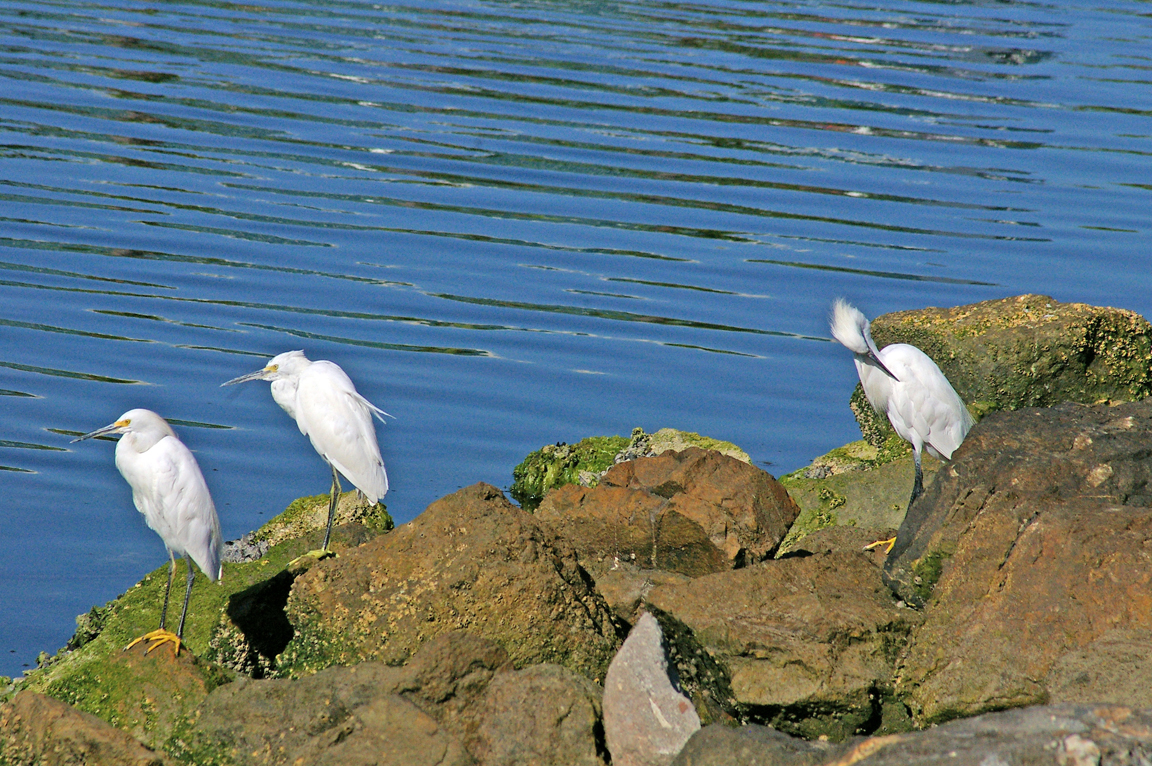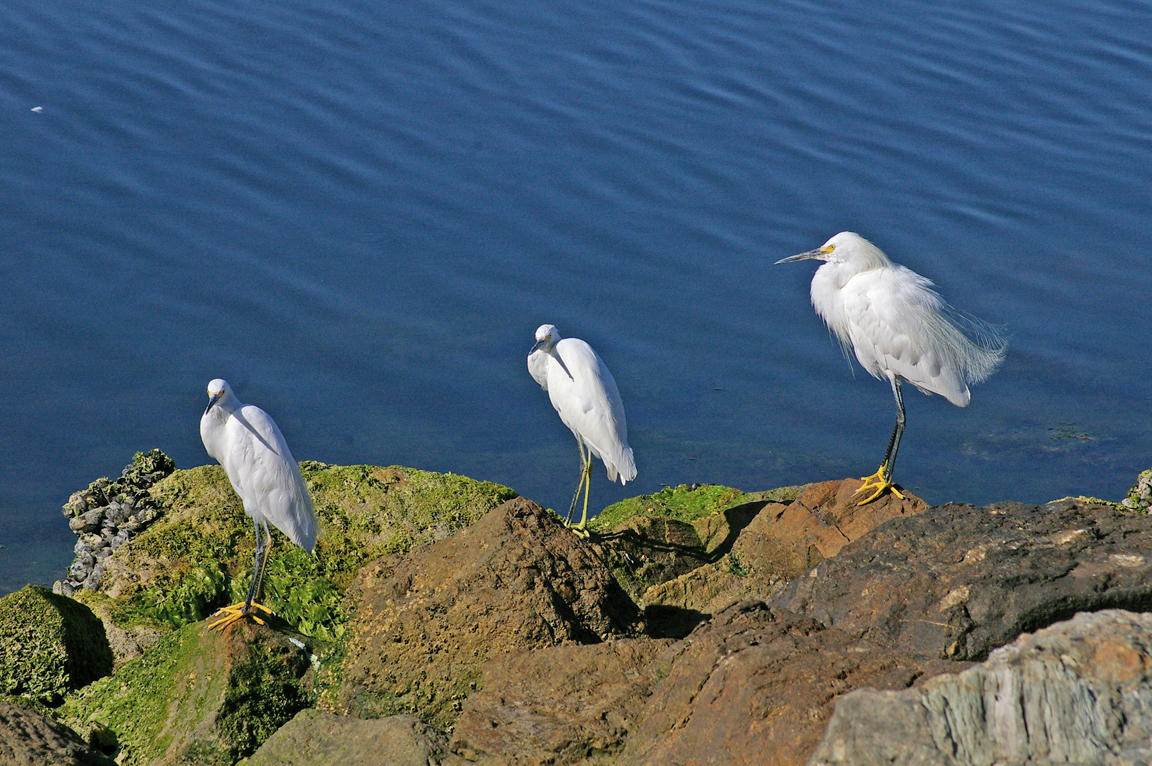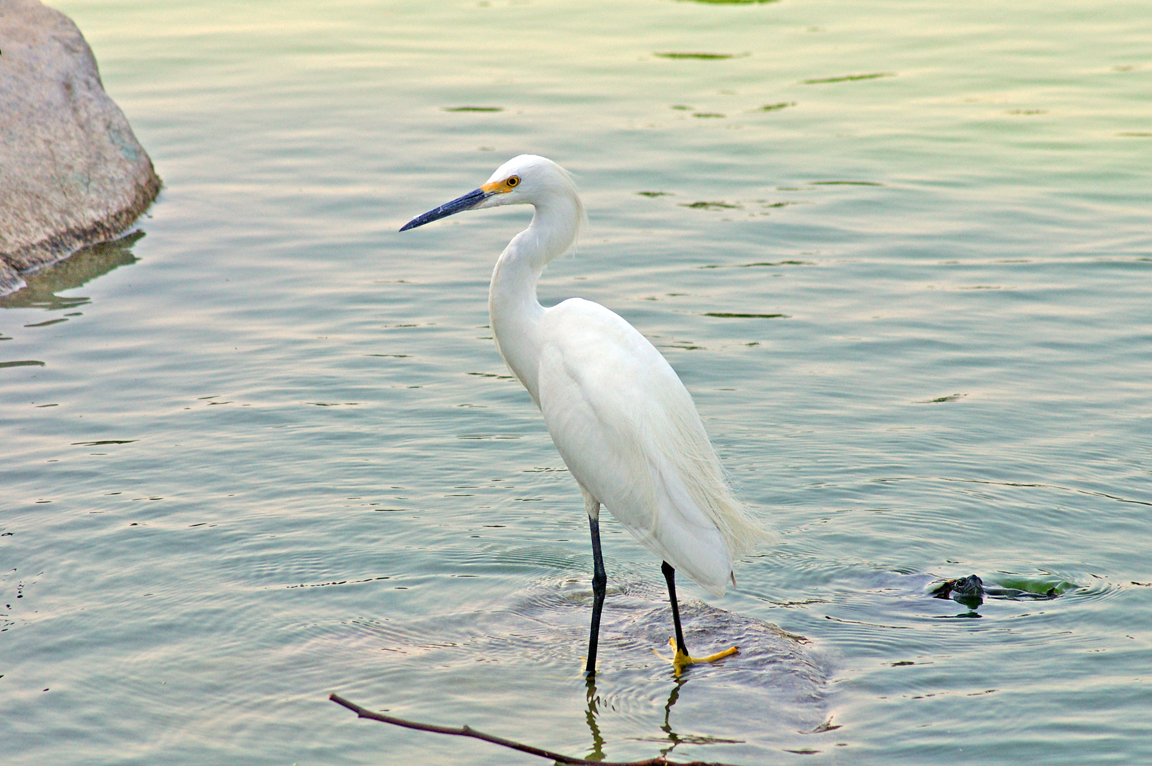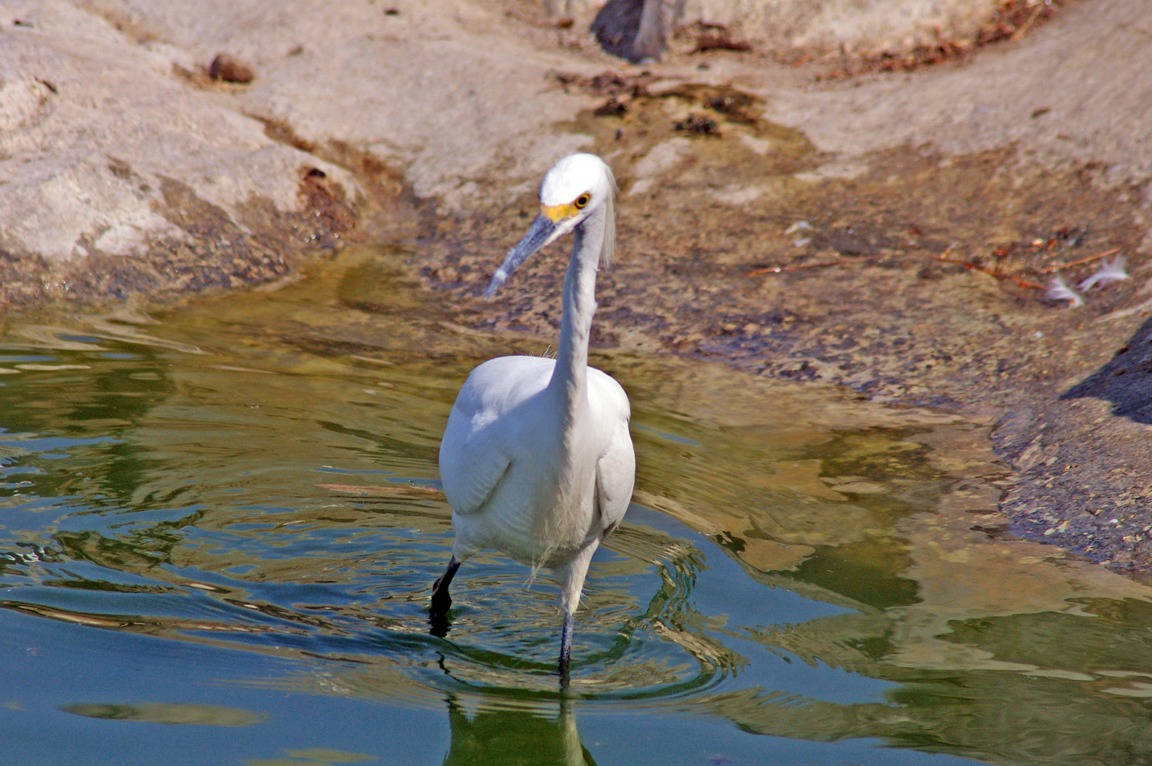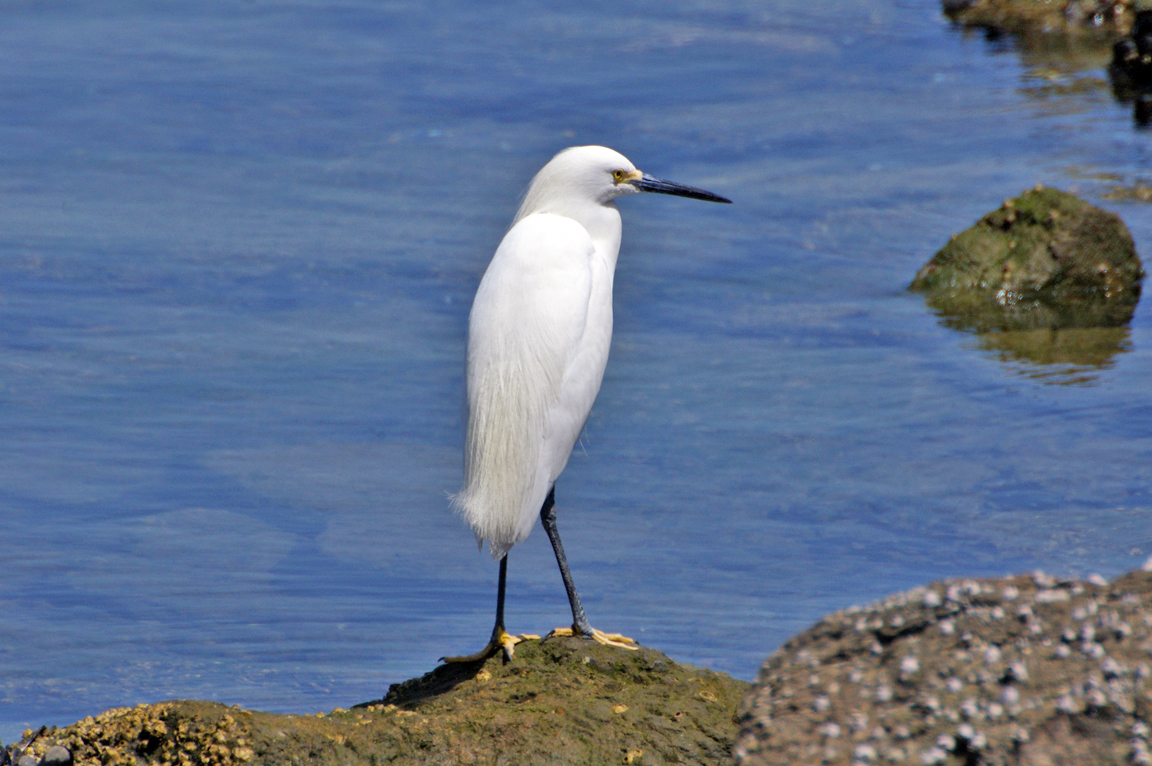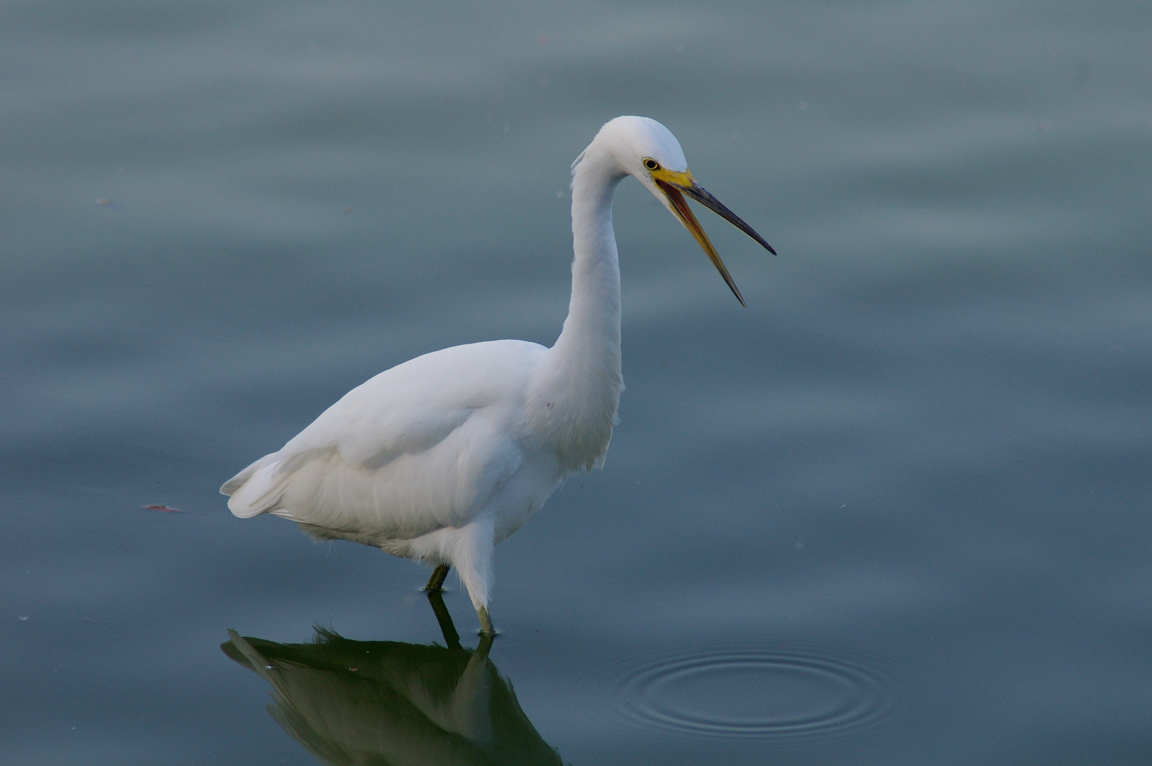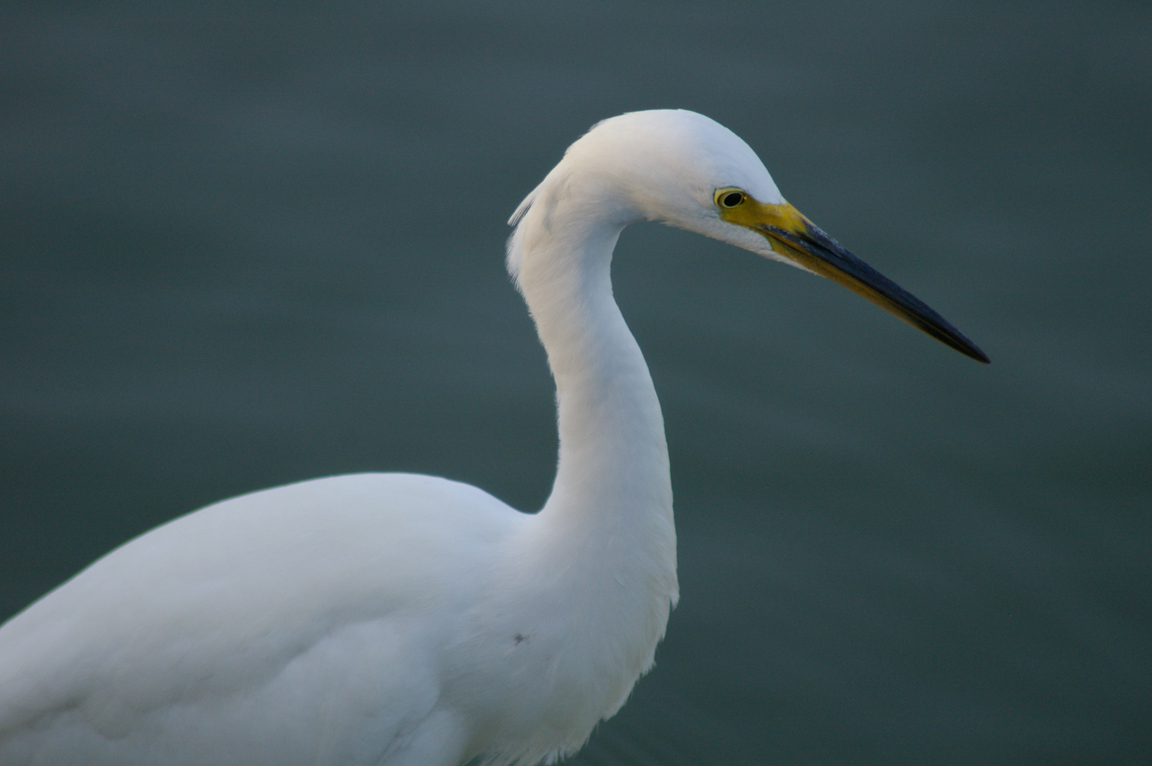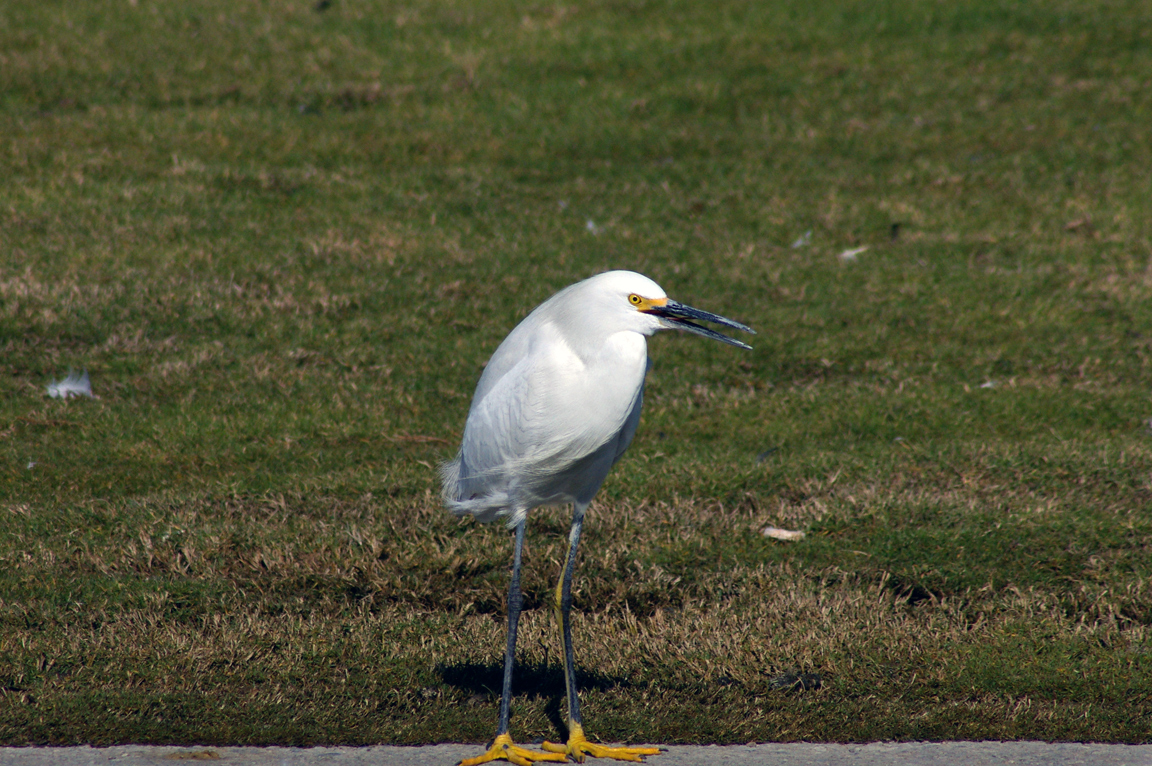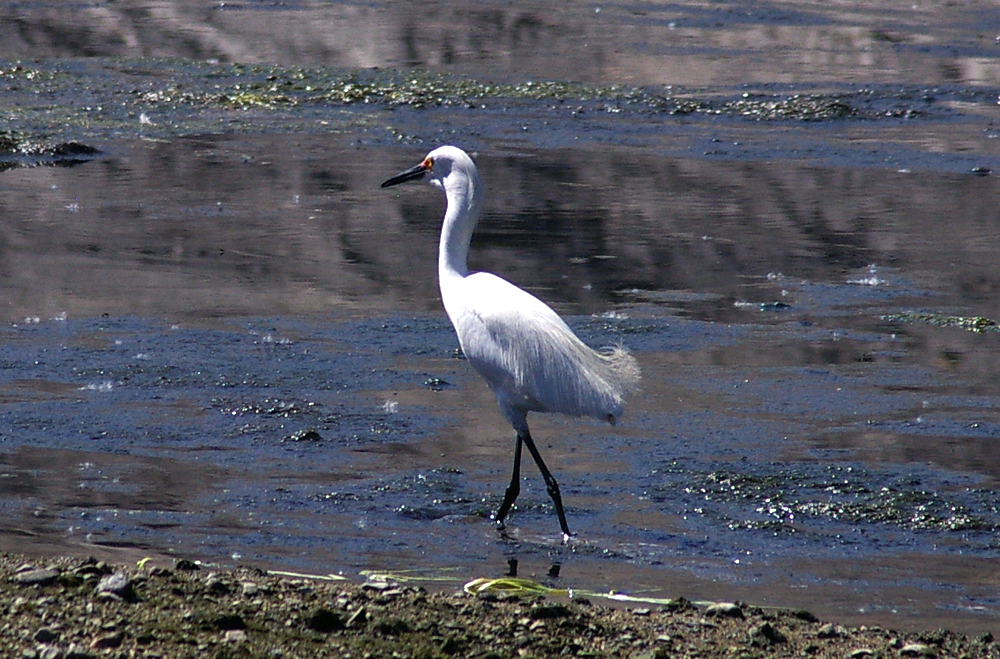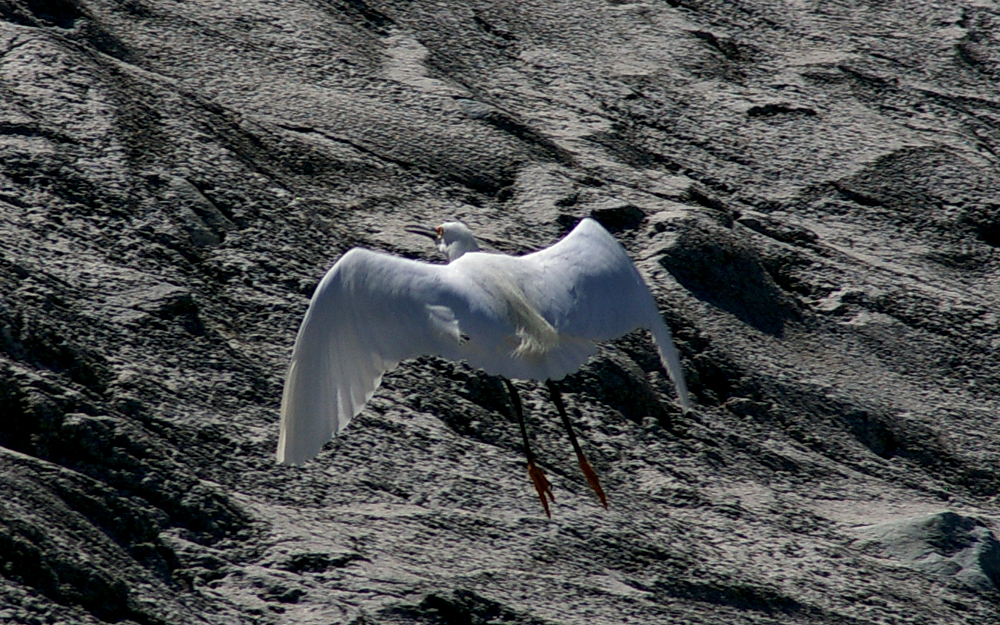|
|
|
 |
Snowy Egret
|
| Egretta thula | |
A small, active white heron, the Snowy Egret is found in small ponds as well as along the ocean shore. Its black legs and yellow feet quickly identify it.
Interesting Information
-
At the end of the nineteenth century, the beautiful plumes of the Snowy Egret were in great demand by market hunters as decorations for women's hats. In 1886, plumes were valued at $32 per ounce, which was twice the price of gold at the time. They were hunted nearly to extinction before laws were passed to protect them.
-
There is evidence that a pair of Snowy Egrets cannot recognize each other except at the nest. Even there, a bird arriving to relieve its mate must perform an elaborate greeting ceremony in order to avoid being attacked as an intruder.
-
They choose urbanized nesting locations over isolated ones, because isolated locations have more predators. Egrets use flight to escape predation from terrestrial animals and they are known to have innate recognition and avoidance of poisonous snakes.
-
A group of egrets has many collective nouns, including a "congregation", "heronry", "RSVP", "skewer", and "wedge" of egrets.
Description
Adult Description
-
Size: 56-66 cm (22-26 in)
-
Wingspan: 100 cm (39 in)
-
Weight: 370 g (13.06 ounces)
-
Medium-sized, slender all-white heron.
-
Back legs and yellow feet.
-
Long thin neck, bill, and legs.
-
Bill dark.
Sex Differences
Sexes similar.
Immature
Similar to adult, but bill pale at base and legs yellow with black front edge.
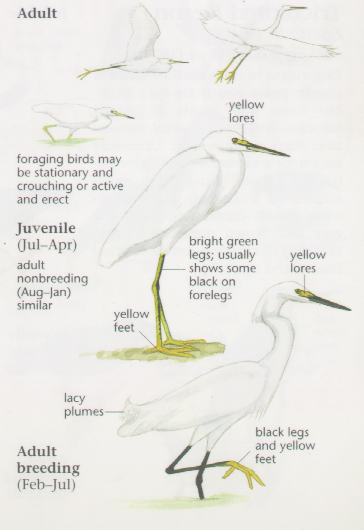
Photo taken from: The Sibley Field Guide by David Allen Sibley
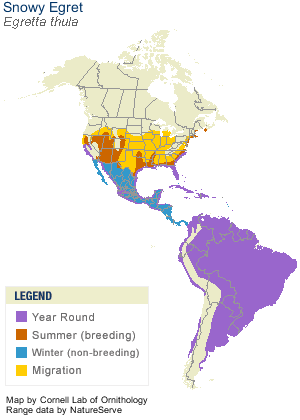
© 2003 Cornell Lab of Ornithology
|
Habitat |
|
Preferred habitats include marshes, ponds, swamps, and mudflats. |
|
Behavior |
|
Snowy Egrets wade in shallow water to spear fish and other small aquatic animals. While they may employ a sit-and-wait technique to capture their food, sometimes they are much more animated, running back and forth through the water with their wings spread, chasing their prey. |
|
Food |
|
Snowy Egret: Eats small fish, crustaceans, and insects, but also takes small reptiles and amphibians; forages by walking slowly or standing motionless in water and striking at prey. |
Taxonomy
| Kingdom: | Animalia |
| Phylum: | Chordata |
| Subphylum: | Vertebrata |
| Class: | Aves |
| Order: | Pelecaniformes |
| Family: | Ardeidae |
| Subfamily: | Ardeinae |
| Genus: | Egretta |
| Species: | Egretta thula |
| Subspecies: | Egretta thula brewsteri |
| Egretta thula thula |
Similar Species |
|
|
Bird Sound |
|
A loud, nasal squawk in aggression or territorial defense. |
|
Eggs look like this |
|
Photo taken from: ARCTOS Collaborative Collection Management Solution |
Videos
Snowy Egret 1
Up close and personal #1
Snowy Egret 2
Up close and personal #2
Snowy Egret 3
Up close and personal #3
Snowy Egret 4
(Standin' On) The Dock of the Bay
Snowy Egret 5
Just Chill'n
